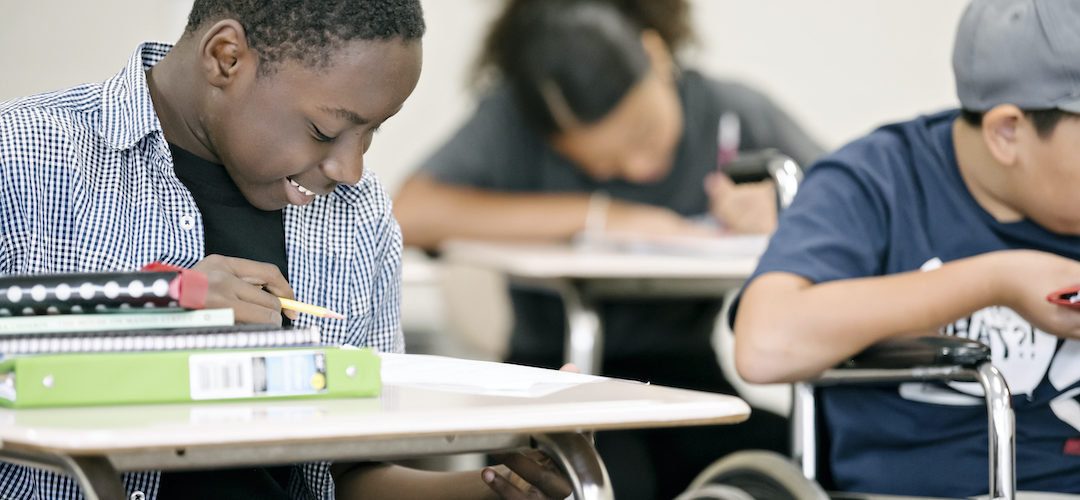Public Eye is on Education. Will this Translate to Action During Special Session?
By Michelle Koffa
This article was updated July 20 to reflect the introduction of HF96.
For the second time this summer Governor Walz called a special session, this time with two clear priorities—a bonding bill and criminal justice reform. Although education proposals are not making headlines right now, members introduced a number of proposals that aim to address ongoing education equity issues.
It remains unclear if any of the education proposals introduced will see the light of day on the House or Senate floors, but here we highlight priorities that these proposals would address.
Increasing Teacher Diversity
With teachers of color making up less than 5% of the teacher workforce in Minnesota, we must do more to invest in strategies to diversify the teacher workforce. The Senate reintroduced a bill (SF20) that would incentivize teachers of color to come into the profession. The bill would create hiring bonuses and support new pathways to the classroom by making alternative teacher preparation programs eligible for the state’s Collaborative Urban and Greater Minnesota Educators of Color grant. The House also introduced bills that create grants for teacher candidates in shortage areas (HF17) and set state goals for increasing the percentage of teachers of color and Indigenous teachers (HF23).
Closing the Digital Divide
As schools plan to resume instruction this fall, it’s increasingly clear that all students will need access to reliable internet to engage in learning. The House and Senate have reintroduced bills (SF8/HF12) that would create a Distance Learning Broadband Access Grant Program.
The bill would help close critical ongoing gaps. According to the Minnesota Department of Education’s recent distance learning survey results, 7% of families said that internet access was a barrier, with disparities across lines of race and ethnicity. For students to equitably access and participate in distance learning, all students need both internet and technology. Not moving forward with this proposal will exacerbate our state’s education gaps.
Race Equity in Schools
With the Legislature’s renewed focus on racial equity, the House introduced a bill that includes a number of policies to address inequities in Minnesota schools. The House education equity omnibus package—HF6—would help eliminate lunch shaming in Minnesota schools, set state goals for increasing the percentage of teachers of color and Indigenous teachers, and improve data collection and reporting on unfair student discipline practices.
In addition, the bill includes provisions that require districts to create and adopt strategic plans to make schools’ curriculum, learning, and work environments more inclusive of the racial, ethnic, and linguistic diversity of students. The proposal requires districts to engage students, families, staff, and community members of color or who are Indigenous in developing these strategic plans.
House Republicans also introduced an omnibus package to address a number of equity issues in Minnesota schools. HF96 includes provisions to promote teacher diversity by restricting the use of seniority-based layoffs, expanding access to alternative teacher preparation, and requiring reporting of new hires and terminations by race and ethnicity. The bill also includes provisions to address lunch shaming, develop a school quality rating system, amend school discipline reporting and practice requirements, codify certain parent rights, and more.
Although it’s unlikely for the Legislature to address this bill during this special session, this proposal sets the foundation for the House priorities during the next regular session.
Schooling During COVID-19
This month, Governor Walz is expected to provide guidance on whether Minnesota schools will physically open, continue with distance learning, or move forward with a hybrid model. House education Republican leaders, following up on their Star Tribune article, introduced legislation (HF59) that would provide more flexibility to districts and schools, as well as parents, when deciding which model to use. In particular, the bill would allow four-day school weeks, give high schools the ability to start before Labor Day, create a parent-based distance learning program, and establish the distance learning broadband access grant program.
What’s Next?
This is ramping up to be another short special session. It is also likely not the last. Per Minnesota’s constitution, as long as Governor Walz renews his peacetime emergency powers, he will need to reconvene the Legislature to give them an opportunity to vote against his plans. And during those special sessions, legislators have the opportunity to take up important work, which can also signal priorities for next year and give legislators campaign fodder for the upcoming election.
Right now, while many policymakers have indicated that education issues are not going to play a significant role at the Legislature during this special session, emotions are still high around whether Minnesota should reopen schools this fall and what that means for students. Stay tuned for updates in the coming days.

